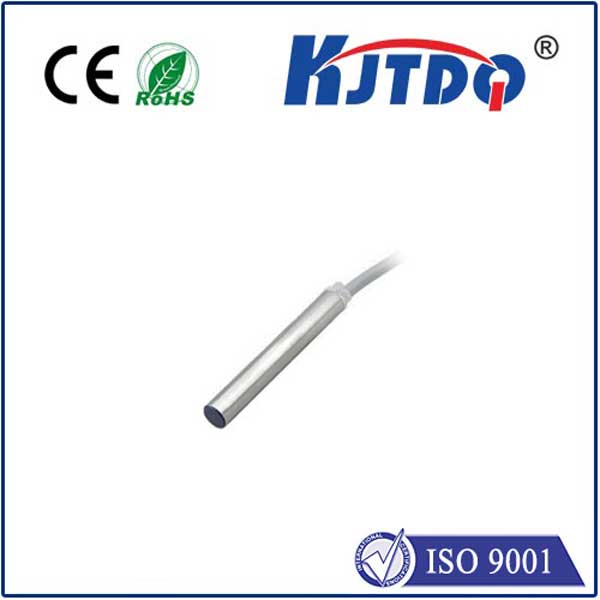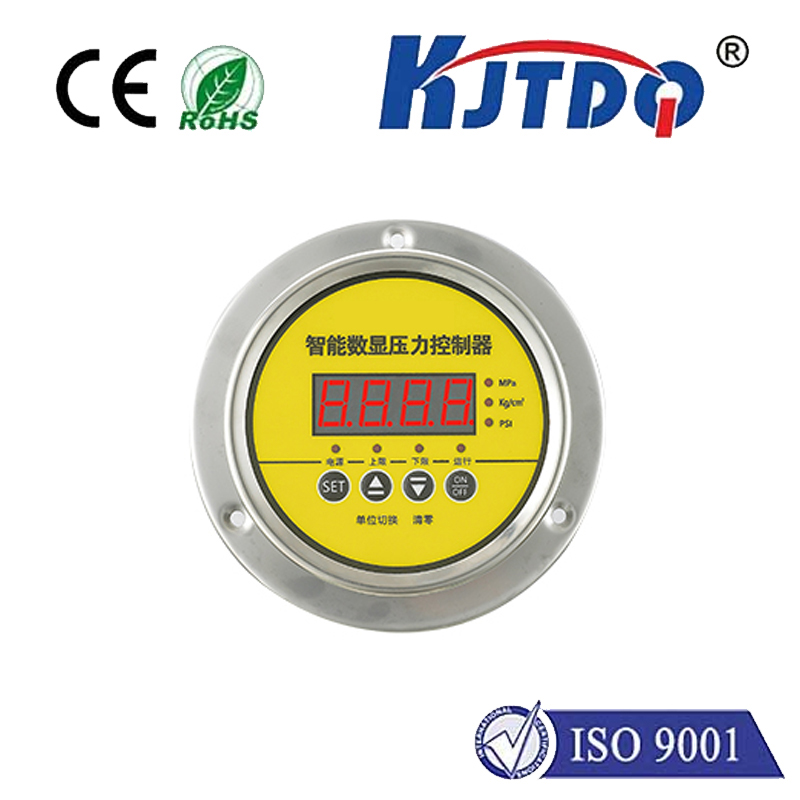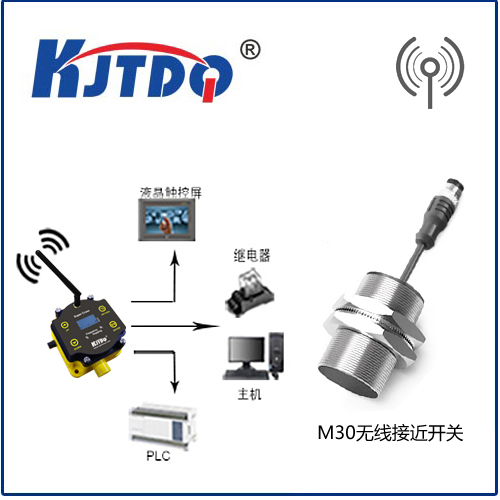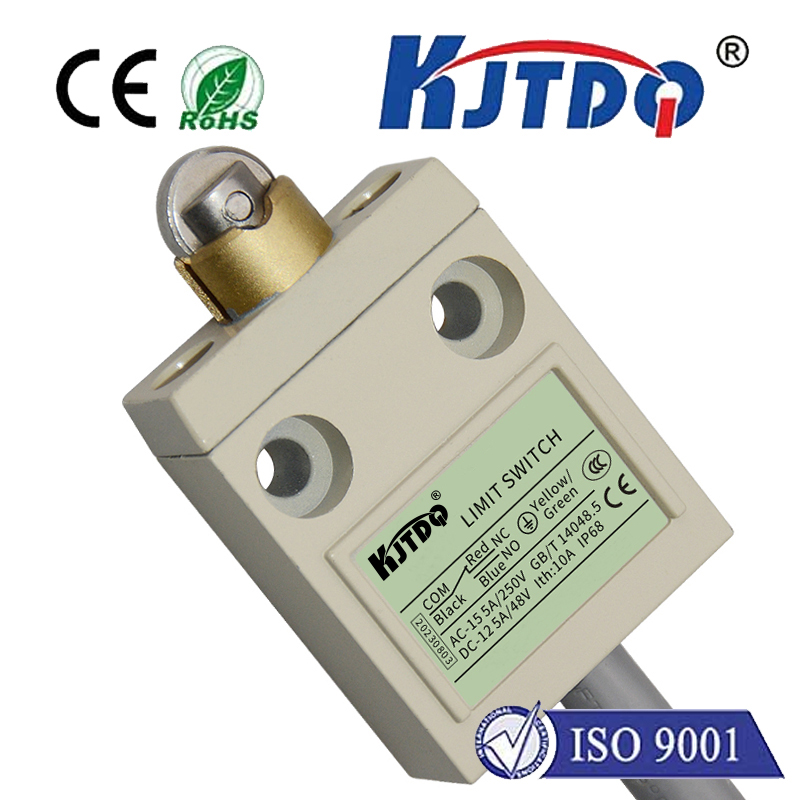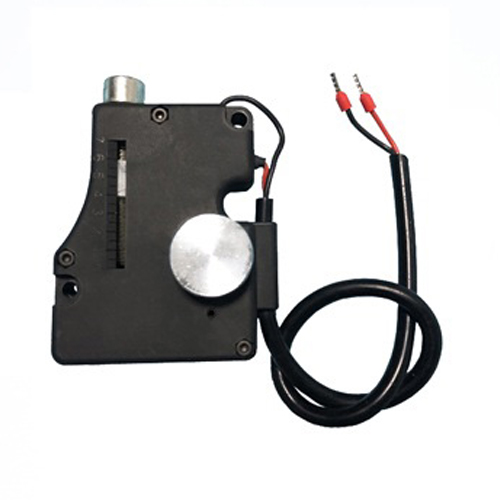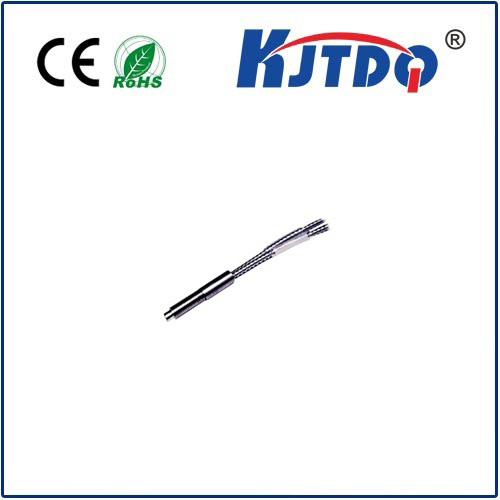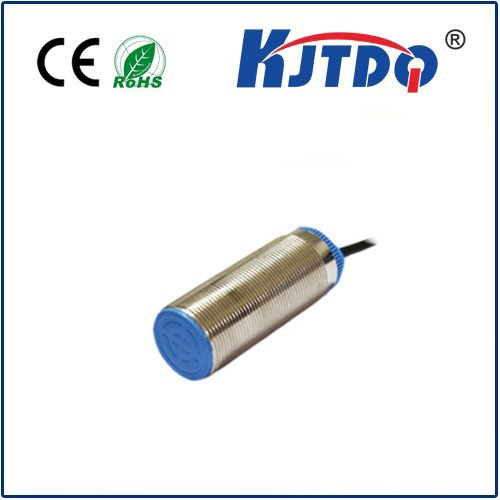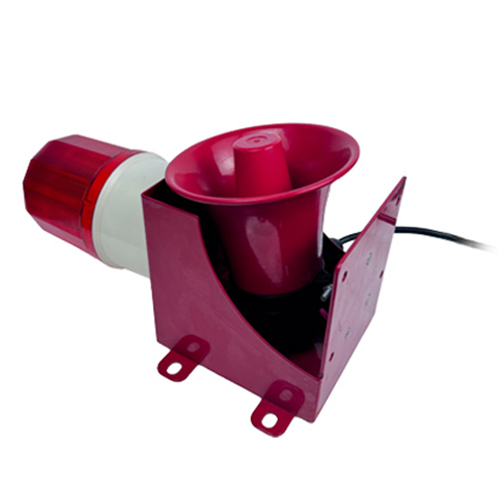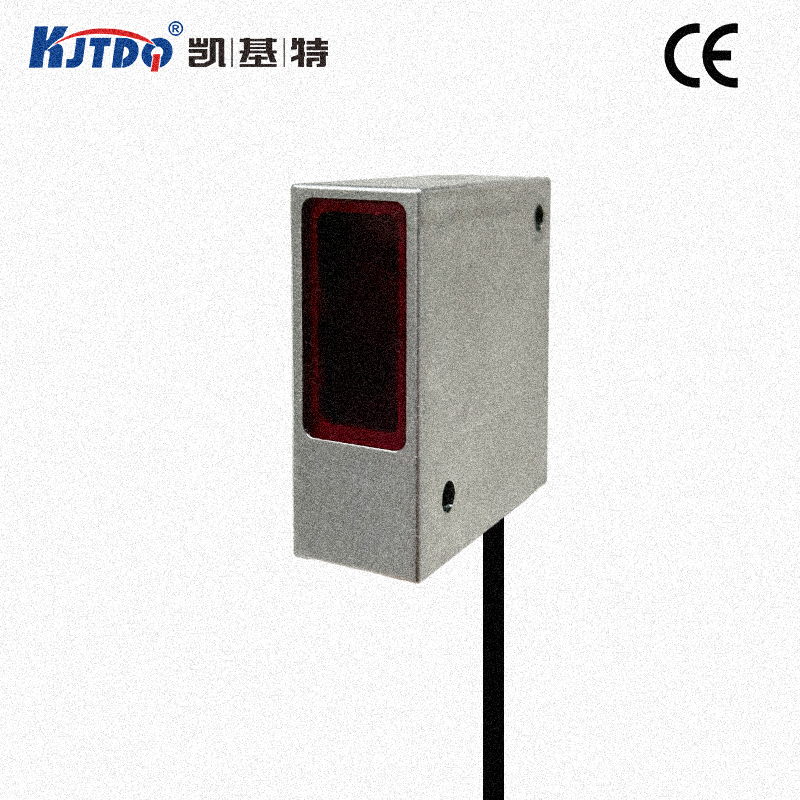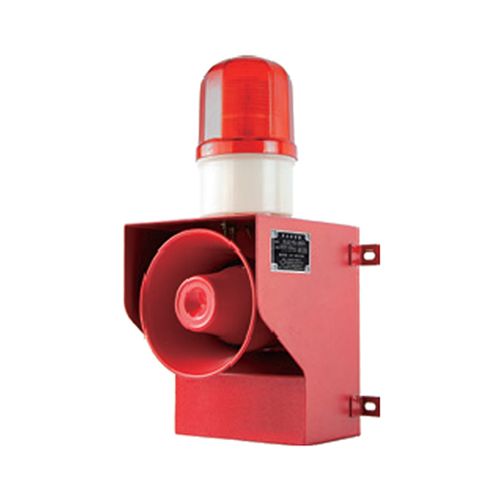photoelectric sensor proximity
- time:2025-09-08 00:06:01
- Нажмите:0
Proximity Sensing Revolutionized: The Power of Photoelectric Sensors
Imagine a robotic arm zipping across an assembly line, stopping precisely millimeters before touching a fragile component. Envision packaging machinery flawlessly detecting the presence of boxes whizzing by at incredible speeds. Picture automatic doors opening seamlessly as you approach. This invisible dance of precision and efficiency is often orchestrated by an unsung hero: the Фотоэлектрический датчик приближения. These versatile devices have fundamentally transformed how machines interact with their environment, offering non-contact, reliable detection that mechanical switches simply can’t match. Understanding how they work, their distinct advantages, and their diverse applications reveals why they are a cornerstone of industrial automation, smart manufacturing, and countless everyday conveniences.
Beyond Touch: The Core Principle
Unlike mechanical proximity switches that require physical contact or traditional inductive/capacitive sensors limited to metallic or specific material targets, Фотоэлектрический датчик operate on the principle of light. At their heart, they function by emitting a beam of light – typically infrared, visible red, or laser – from a transmitter component. A separate receiver component then detects the presence or absence of this light beam. Proximity detection occurs when an object interferes with this light path. This non-contact method is their primary superpower, enabling detection of virtually any material – plastic, wood, glass, cardboard, metal, liquid levels, and even transparent films – without wear and tear.
How It Works: Light as the Messenger
The magic lies in the interaction between the emitted light and the target object. The sensor constantly monitors the light received. Proximity is sensed when this received light changes significantly due to:

- Beam Blockage: The object physically interrupts the direct path of light between the transmitter and receiver (common in through-beam sensors).
- Light Reflection: The object reflects a portion of the emitted light back towards the receiver integrated within the sensor unit (common in diffuse reflective sensors). The sensor detects the increase in received light intensity.
- Beam Return: The object interrupts the return path of light reflected from a fixed reflector back to the receiver (common in retro-reflective sensors).
Advanced electronics within the sensor analyze the intensity, phase shift, or time-of-flight of the received light signal, triggering a clean, fast electronic output signal (like a transistor switch) when a defined threshold is crossed, confirming the object’s proximity.
Three Main Flavors for Different Needs
Photoelectric proximity sensors primarily come in three configurations, each suited to specific challenges:
- Through-Beam Sensors (Opposed Mode): These feature separate transmitter and receiver units. The transmitter projects a beam directly to the receiver. Detection occurs when an object blocks this beam. This design offers the longest sensing distances and highest excess gain (ability to detect through dust, etc.), making it ideal for large machinery, conveyor lines, or harsh environments. However, installation requires precise alignment of two separate units.
- Retro-Reflective Sensors (Reflex Mode): These combine the transmitter and receiver in Один. housing. They project light towards a specialized reflector (corner-cube or tape) that efficiently bounces the beam directly back. Detection occurs when an object interrupts the beam path between the sensor and the reflector. They offer good sensing ranges (shorter than through-beam but longer than diffuse) with simpler installation (only one unit to mount, plus the reflector). Performance can be affected by the reflector getting dirty or misaligned.
- Diffuse Reflective Sensors (Proximity Mode): Like retro-reflective, transmitter and receiver are in a single unit. However, they rely directly on the target object reflecting light back to the receiver. Detection occurs when sufficient light is reflected back from the object itself. This offers the easiest installation as no separate reflector is needed. However, sensing distance is typically shortest and highly dependent on the object’s size, color, reflectivity, and surface texture. Dark, matte, or very small objects are harder to detect reliably.
Why Choose Photoelectric for Proximity?
The dominance of Фотоэлектрический датчик in proximity applications stems from compelling advantages:
- Universal Material Detection: Their key strength lies in detecting solids, liquids, and even transparent materials indiscriminately.
- Long Sensing Ranges: Especially through-beam configurations can detect objects several meters away, far exceeding most other proximity sensor types.
- Fast Response Times: Light travels incredibly fast, enabling detection of objects moving at high velocities – crucial for modern automation.
- Non-Contact Operation: Eliminates mechanical wear, reducing maintenance and enabling detection of delicate or fragile objects.
- High Precision: Capable of detecting minute objects and providing precise position data in specialized versions (like laser triangulation sensors).
- Environmental Versatility (Within Limits): Models are available with robust housings (IP67, IP69K), offering resistance to dust, water jets, and mild chemicals. Models resistant to background light interference (using modulated light) are common.
Where Photoelectric Proximity Reigns Supreme
You’ll find these sensors silently working in countless settings:
- Промышленная автоматизация: Object presence/absence on conveyors, part counting, robotic guidance, fill level detection in containers, bottle cap detection, web break detection, packaging verification.
- Перевозка материалов: Pallet detection, box positioning on conveyors, warehouse door safety curtains.
- Automotive Manufacturing: Robot safety zones, part positioning in assembly, weld nut detection.
- Food & Beverage: Bottle/can presence labeling/capping stations, fill level control, detecting transparent films/foils on packaging lines.
- Building Automation: Automatic sliding doors, elevator door safety, people counting systems.
- Printing & Paper: Paper break detection, sheet counting, registration mark sensing.
Choosing the Right Tool: Considerations
Selecting the optimal photoelectric sensor requires careful thought:
- Required Sensing Distance: Through-beam for longest range, diffuse for short-range convenience.
- Target Object Properties: Size, color, material (especially reflectivity/transparency).
- Installation Environment: Space constraints, need for alignment ease, presence of dust, moisture, steam, or ambient light interference. Choose appropriate housing rating (IP) and sensing technology (modulated light).
- Required Output Type: Discrete (on/off - PNP/NPN), analog (distance), or IO-Link for data communication.
- Response Speed: Ensure it matches the application speed.
The Future is Bright
Photoelectric датчик приближения technology continues to evolve. Miniaturization, smarter sensors with integrated diagnostics via IO-Link, enhanced background light immunity, and lasers enabling even greater precision for tiny targets are pushing the boundaries. As automation demands higher speed, flexibility, and intelligence, the fundamental light-based proximity detection offered by Фотоэлектрический датчик remains an indispensable, continually advancing solution. From vast factory floors to the doors of your local supermarket, these remarkable devices make the unseen interaction between machine and object possible, driving efficiency and reliability in our increasingly automated world.

